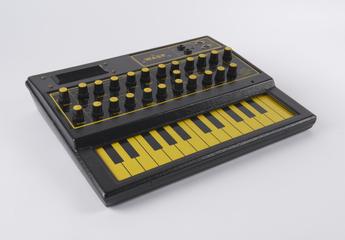
Synthesizer. Powertran 2000 (Synthesizer PT2000) from a design by Tim Orr
1978

1978

1982

1999

1966

1968

1981

1966

1966

1969-1973

1981-1984

circa 1978

1972-1976

1986

1966

1966

1970

1966

1966

1966
1990-1994
1982-85
1991
1971
1970-1979
1978-1979
1966
1966
1980
1999
1968-1969
1979-1984
1966